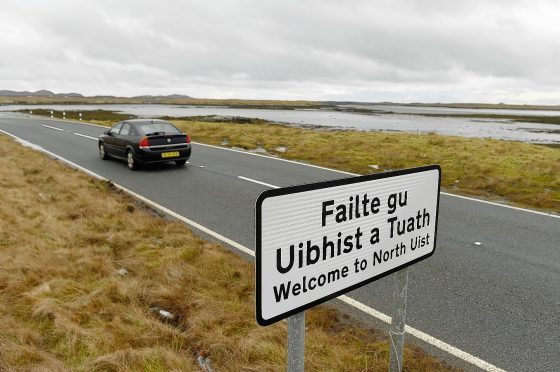Google Translate says it can now handle more than 100 languages after 13 new ones were introduced including Scots Gaelic.
Scots Gaelic, spoken by around 57,000 people, has been added along with the likes of Hawaiian, Samoan and Pashto.
The translation website was launched in 2006 with translations initially between English and Arabic, Chinese and Russian.
In a statement on the company’s website, Google said: “In 2006, we started with machine learning-based translations between English and Arabic, Chinese and Russian. Almost 10 years later, with today’s update, we now offer 103 languages that cover 99% of the online population.
“The 13 new languages — Amharic, Corsican, Frisian, Kyrgyz, Hawaiian, Kurdish (Kurmanji), Luxembourgish, Samoan, Scots Gaelic, Shona, Sindhi, Pashto and Xhosa — help bring a combined 120 million new people to the billions who can already communicate with Translate all over the world.
“So what goes into adding a new language? Beyond the basic criteria that it must be a written language, we also need a significant amount of translations in the new language to be available on the web. From there, we use a combination of machine learning, licensed content and Translate Community.
“As we scan the Web for billions of already translated texts, we use machine learning to identify statistical patterns at enormous scale, so our machines can “learn” the language.
“But, as already existing documents can’t cover the breadth of a language, we also rely on people like you in Translate Community to help improve current Google Translate languages and add new ones, like Frisian and Kyrgyz. So far, over 3 million people have contributed approximately 200 million translated words.”
Google says the 13 new additions will help another 120 million people communicate with the rest of the world online.
The announcement about the new languages was made on the Google Translate blog, which also explains how they choose new ones to add to the database.
